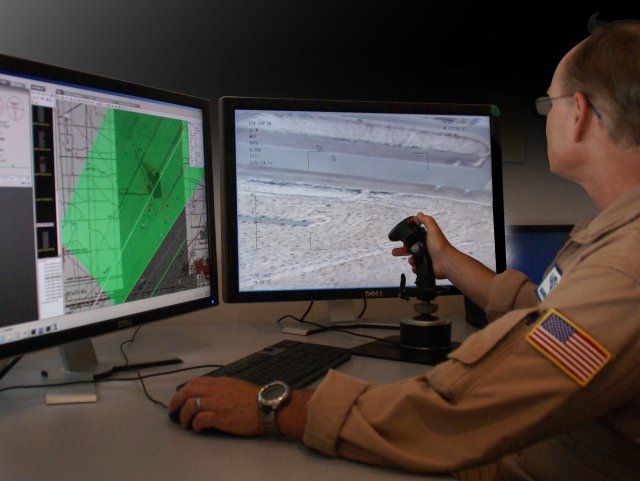General Atomics Aeronautical Systems, Inc. has introduced the Tactical Airborne Reconnaissance Simulator (TARS), a software-based training capability for Lynx Multi-mode Radar operators that can be run on a laptop computer.
“TARS bridges the gap between classroom training and cost-prohibitive aircraft flight training, combining Lynx command and control simulations with synthetic EO/IR [Electro-optic/Infrared] video simultaneously,” said Linden Blue, president, Reconnaissance Systems Group, GA-ASI. “This cost-effective training software also uses satellite imagery and 3D models to generate SAR [Synthetic Aperture Radar]-like products in real-time, alleviating the need for costly operational imagery.”
This revolutionary, new low-cost training tool—which was developed on internal funds—allows Lynx instructors to conduct simulated SAR/Ground Moving Target Indicator (/GMTI) exercises that feature real-world combat scenarios and utilize a rapid, automatic cross-cueing capability between the Lynx radar system and the Full-Motion Video (FMV) camera system. In addition to providing hands-on multi-sensor Intelligence, Surveillance, and Reconnaissance (ISR) simulation, TARS offers the flexibility to build instructor-driven scenarios from scratch and to tailor the system configuration for diverse training environments.
Featuring photographic-quality resolution, the Lynx Multi-mode Radar detects time-sensitive targets and offers a long-range, wide-area surveillance capability that can provide high-resolution SAR imagery slant ranges well beyond EO/IR sensor range. Lynx also incorporates a broad area GMTI scanning capability to detect moving vehicles, operating day and night. The radar is currently operational with the U.S. Air Force, U.S. Department of Homeland Security, U.S. Army, Royal Air Force, Italian Air Force, and the Iraqi Air Force.
Prior to product launch, TARS underwent rigorous testing to fine-tune the system to meet user needs. TARS received high marks from customers throughout numerous product demonstrations held during initial evaluations.
Source: Press Release


good.